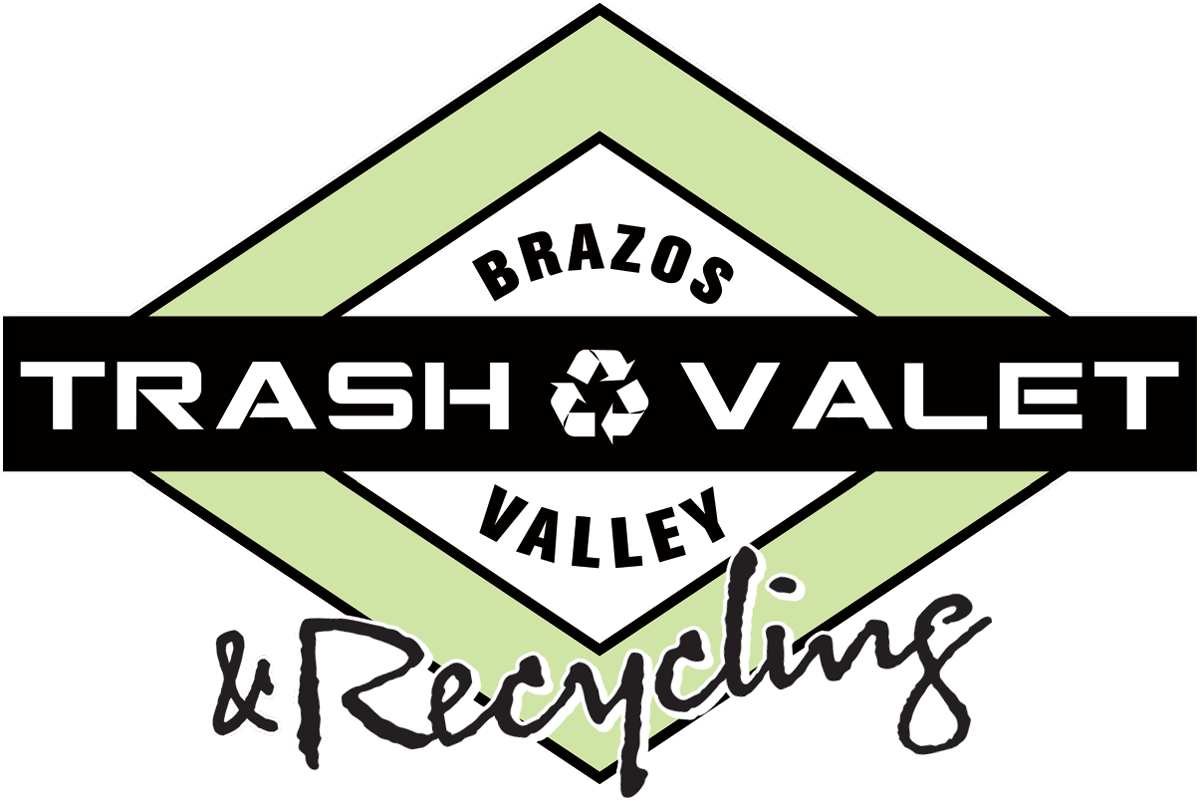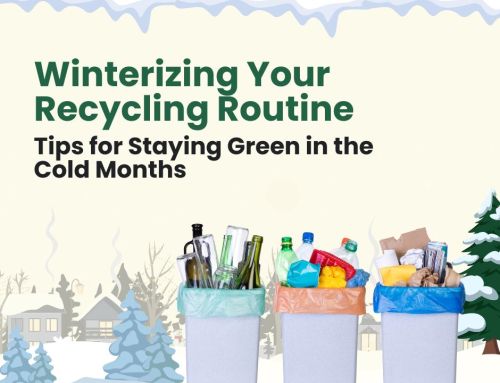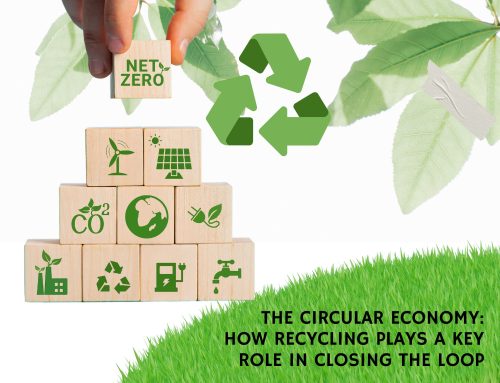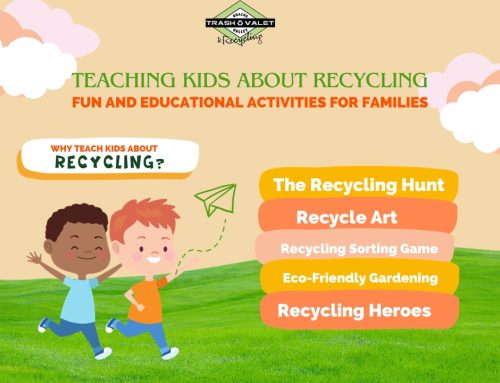Eco-Friendly Back-to-School: Teaching Kids About Recycling and Waste Management
As the back-to-school season approaches, it’s a perfect time for parents and teachers to integrate valuable lessons on recycling and waste management into children’s daily routines. Instilling eco-friendly habits early on not only helps in reducing waste but also empowers children to be responsible stewards of the environment. Here are some practical tips for teaching kids about recycling and proper waste disposal as they head back to school.
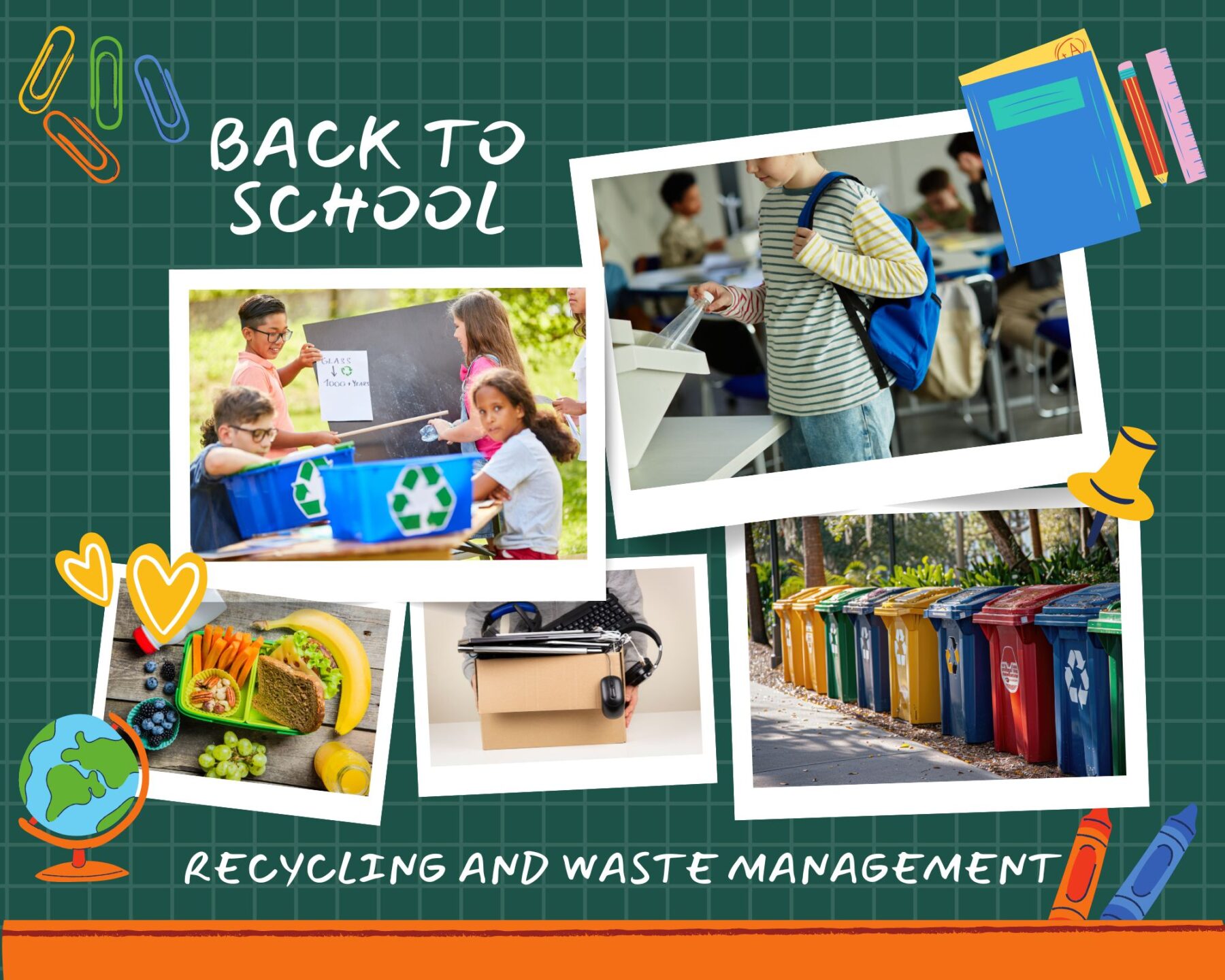
Start with the Basics: Understanding Recycling
Before diving into specific practices, it’s essential to ensure that children understand what recycling is and why it’s important. Explain that recycling involves converting waste materials into new products, which helps save energy, reduce pollution, and conserve natural resources. Use simple, relatable examples—like turning old paper into new notebooks or plastic bottles into playground equipment—to illustrate the concept.
Interactive Learning: Hands-On Recycling Activities
Children learn best when they can actively participate. Set up a recycling station at home or in the classroom where kids can practice sorting materials into categories such as paper, plastic, glass, and metal. You can even make it a fun challenge by timing how quickly they can sort items or by rewarding them with eco-friendly prizes for their efforts.
Another great hands-on activity is a “recycled art” project. Encourage kids to create art or school supplies from items that would otherwise be thrown away, such as making pencil holders from old cans or turning used cardboard into bookmarks. This not only reinforces the importance of recycling but also sparks creativity.
Teach the 3 R’s: Reduce, Reuse, Recycle
While recycling is crucial, it’s just one part of waste management. Teach children the 3 R’s—Reduce, Reuse, Recycle—and explain how each step can help protect the environment. Encourage them to reduce waste by using fewer disposable items, reuse materials whenever possible, and recycle everything that can be processed.
For example, provide reusable lunch containers instead of single-use plastic bags, or encourage them to donate old clothes and toys rather than throwing them away. These small actions can significantly reduce the amount of waste generated both at home and at school.
Create a Green Lunchbox: Waste-Free Meals
Lunchboxes often generate a lot of waste, especially when filled with disposable wrappers and single-use items. Help kids pack waste-free lunches by using reusable containers, cloth napkins, and refillable water bottles. Involve children in planning and packing their lunches to help them understand the importance of reducing waste and making eco-friendly choices.
You can also introduce the concept of composting organic waste. If your child’s school has a composting program, encourage them to participate by separating their food scraps. If not, consider starting a small compost bin at home where kids can dispose of fruit peels, vegetable scraps, and other compostable materials.
Lead by Example: Practice What You Preach
Children are more likely to adopt eco-friendly habits if they see adults doing the same. Lead by example by consistently recycling, reducing waste, and using sustainable products. Talk about the choices you make and why they matter, such as opting for a reusable shopping bag or walking instead of driving to school. These everyday actions will reinforce the lessons you’re teaching and encourage kids to follow suit.
Incorporate Recycling into School Curriculum
Teachers can integrate recycling and waste management into various subjects. For instance, in science class, students can learn about the environmental impact of waste and the benefits of recycling. In math, they can calculate how much waste they generate and how much could be reduced through recycling and composting. By making recycling a regular part of the curriculum, students will see it as an essential and routine practice.
Celebrate Achievements: Make It Fun
Lastly, make recycling and waste management a fun and rewarding experience. Set goals with your kids, like reducing the amount of waste produced in a week or successfully sorting all recyclables, and celebrate their achievements. Recognizing their efforts will motivate them to continue practicing and learning about sustainability.
Conclusion
Teaching kids about recycling and waste management is an investment in their future and the planet’s well-being. By incorporating these eco-friendly practices into their daily routines, parents and teachers can help children develop a lifelong commitment to sustainability. As they head back to school, let’s empower the next generation to make environmentally conscious decisions that will have a lasting positive impact on our world.
Share This Story, Choose Your Platform!
Eco-Friendly Back-to-School: Teaching Kids About Recycling and Waste Management
As the back-to-school season approaches, it’s a perfect time for parents and teachers to integrate valuable lessons on recycling and waste management into children’s daily routines. Instilling eco-friendly habits early on not only helps in reducing waste but also empowers children to be responsible stewards of the environment. Here are some practical tips for teaching kids about recycling and proper waste disposal as they head back to school.

Start with the Basics: Understanding Recycling
Before diving into specific practices, it’s essential to ensure that children understand what recycling is and why it’s important. Explain that recycling involves converting waste materials into new products, which helps save energy, reduce pollution, and conserve natural resources. Use simple, relatable examples—like turning old paper into new notebooks or plastic bottles into playground equipment—to illustrate the concept.
Interactive Learning: Hands-On Recycling Activities
Children learn best when they can actively participate. Set up a recycling station at home or in the classroom where kids can practice sorting materials into categories such as paper, plastic, glass, and metal. You can even make it a fun challenge by timing how quickly they can sort items or by rewarding them with eco-friendly prizes for their efforts.
Another great hands-on activity is a “recycled art” project. Encourage kids to create art or school supplies from items that would otherwise be thrown away, such as making pencil holders from old cans or turning used cardboard into bookmarks. This not only reinforces the importance of recycling but also sparks creativity.
Teach the 3 R’s: Reduce, Reuse, Recycle
While recycling is crucial, it’s just one part of waste management. Teach children the 3 R’s—Reduce, Reuse, Recycle—and explain how each step can help protect the environment. Encourage them to reduce waste by using fewer disposable items, reuse materials whenever possible, and recycle everything that can be processed.
For example, provide reusable lunch containers instead of single-use plastic bags, or encourage them to donate old clothes and toys rather than throwing them away. These small actions can significantly reduce the amount of waste generated both at home and at school.
Create a Green Lunchbox: Waste-Free Meals
Lunchboxes often generate a lot of waste, especially when filled with disposable wrappers and single-use items. Help kids pack waste-free lunches by using reusable containers, cloth napkins, and refillable water bottles. Involve children in planning and packing their lunches to help them understand the importance of reducing waste and making eco-friendly choices.
You can also introduce the concept of composting organic waste. If your child’s school has a composting program, encourage them to participate by separating their food scraps. If not, consider starting a small compost bin at home where kids can dispose of fruit peels, vegetable scraps, and other compostable materials.
Lead by Example: Practice What You Preach
Children are more likely to adopt eco-friendly habits if they see adults doing the same. Lead by example by consistently recycling, reducing waste, and using sustainable products. Talk about the choices you make and why they matter, such as opting for a reusable shopping bag or walking instead of driving to school. These everyday actions will reinforce the lessons you’re teaching and encourage kids to follow suit.
Incorporate Recycling into School Curriculum
Teachers can integrate recycling and waste management into various subjects. For instance, in science class, students can learn about the environmental impact of waste and the benefits of recycling. In math, they can calculate how much waste they generate and how much could be reduced through recycling and composting. By making recycling a regular part of the curriculum, students will see it as an essential and routine practice.
Celebrate Achievements: Make It Fun
Lastly, make recycling and waste management a fun and rewarding experience. Set goals with your kids, like reducing the amount of waste produced in a week or successfully sorting all recyclables, and celebrate their achievements. Recognizing their efforts will motivate them to continue practicing and learning about sustainability.
Conclusion
Teaching kids about recycling and waste management is an investment in their future and the planet’s well-being. By incorporating these eco-friendly practices into their daily routines, parents and teachers can help children develop a lifelong commitment to sustainability. As they head back to school, let’s empower the next generation to make environmentally conscious decisions that will have a lasting positive impact on our world.
